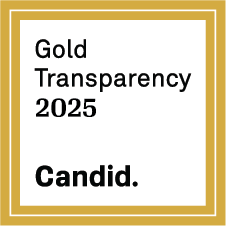Active banners: 1 Visible banners: 1
Banner ID: 25 Has content: true
Join us for the Teaching Economics through Climate – The Snowmobile Business Plan - January 13, 2026 4-5pm ET
Renewable Energy Is Way Too Expensive, Right?
Provided by: CLEAN |Published on: May 23, 2023
Videos
6789101112
Synopsis
- This video refutes common arguments against and misconceptions about renewable energy resources and argues that renewable energy can be cheaper, more accessible, and efficient as economies grow and develop.
- Other concerns such as wildlife mortality from wind turbines and renewable energy storage are addressed as well.

Subjects: Physics, Earth and Space Sciences, Engineering
Authors: Katharine Hayhoe, Global Weirding, Public Broadcasting Service
Region: Global
Languages: English
Teaching Materials
Positives
- The video strikes a nice balance of using scientific, social, and economic arguments for promoting the use of renewable energy resources.
- The narrator's tone is playful and inviting, allowing learners to approach this complicated topic in a relaxed manor.
- The video demonstrates an effective way of addressing arguments against climate action.
Additional Prerequisites
- Learners should have a basic understanding of the most common renewable energy resources, such as wind and solar power.
- Learners should know the negative effects of fossil fuel usage.
Differentiation
- Consider having students dig into the availability of fossil fuel resources by country (from the video) and use this evidence to discuss the need for renewable energy around the world.
- Find additional resources related to renewable energy investment in the developing world to help students understand the current state of this industry.
- Ask students if they thought the narrator effectively argued her position on the benefits of renewable energy sources.
- As an extension, students could create posters or infographics demonstrating the benefits of using renewable energy sources compared to fossil fuels.
Scientist Notes
Teaching Tips
Standards
Resource Type and Format
About the Partner Provider

CLEAN
The CLEAN Network is a professionally diverse community of over 630 members committed to improving climate and energy literacy locally, regionally, nationally, and globally in order to enable responsible decisions and actions. The CLEAN Network has been a dynamic group since 2008 and is now led by the CLEAN Leadership Board established in 2016.
All resources can be used for your educational purposes with proper attribution to the content provider.



